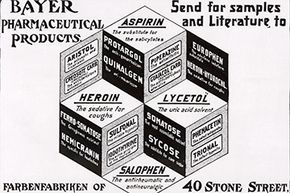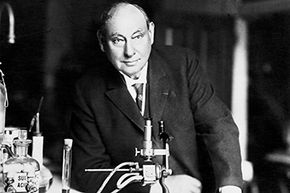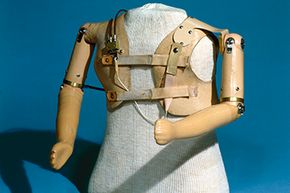Imagine a world where there are no laws regulating the food you eat. Butchers slaughter cows covered in boils and pile the parts on the floor. Rats are free to crawl about the mountains of meat and organs until they die from eating poisoned bread set out by workers. This mixture of diseased beef parts, dead rats and poison is then shoveled into giant grinders and processed with toxic preservatives to make canned meat. If you're lucky, the can is labeled "beef," but it's just as likely to read "chicken" or "pork" [source: Sinclair].
Now, imagine that medicines are just as questionable. Remedies for kidney and liver problems contain alcohol, making things worse instead of better. Crying or colicky babies are dying because the tonic meant to quiet them contains heavy doses of morphine. But you couldn't avoid these ingredients if you tried — they aren't listed on the label [source: McQueeney].
Advertisement
Sounds pretty terrible, right? Even more disturbing, though, is the fact that none of these scenarios is actually made up. This was reality when the scientific, regulatory and public health agency now known as the Food and Drug Administration (FDA) was born in the early 1900s.
From these beginnings, the FDA has grown to regulate more than just food and drugs. Medical devices, electronics that emit radiation, cosmetics, veterinary products, tobacco and biologics (like vaccines and blood) all fall under the agency's jurisdiction. To monitor these categories, the FDA employed 14,829 total staff as of 2013, many at its Silver Spring, Maryland, headquarters. Its employees come from a wide variety of professions, and they include attorneys, biologists, chemists, engineers, pharmacologists, physicians and statisticians [source: HHS, "About" and FDA, "Career"].
Of course, all these efforts require money — $4.4 billion in 2014, to be exact. Congress and the president authorized $2.6 billion of this funding, while the remaining $1.8 billion came from user fees [source: FDA, "Narrative"]. While this sounds like a lot, it's actually just a small fraction of the nearly $1 trillion budget of the FDA's parent agency, the Department of Health and Human Services [source: HHS, "Budget"].
So is this money well-spent? Decide for yourself as you read more stomach-churning stories about pre-FDA life.
Advertisement






